Discover the challenges facing Africa’s most vulnerable and endangered species, and learn how we can help protect these magnificent creatures from further threats.
Rhinoceros – Critically Endangered
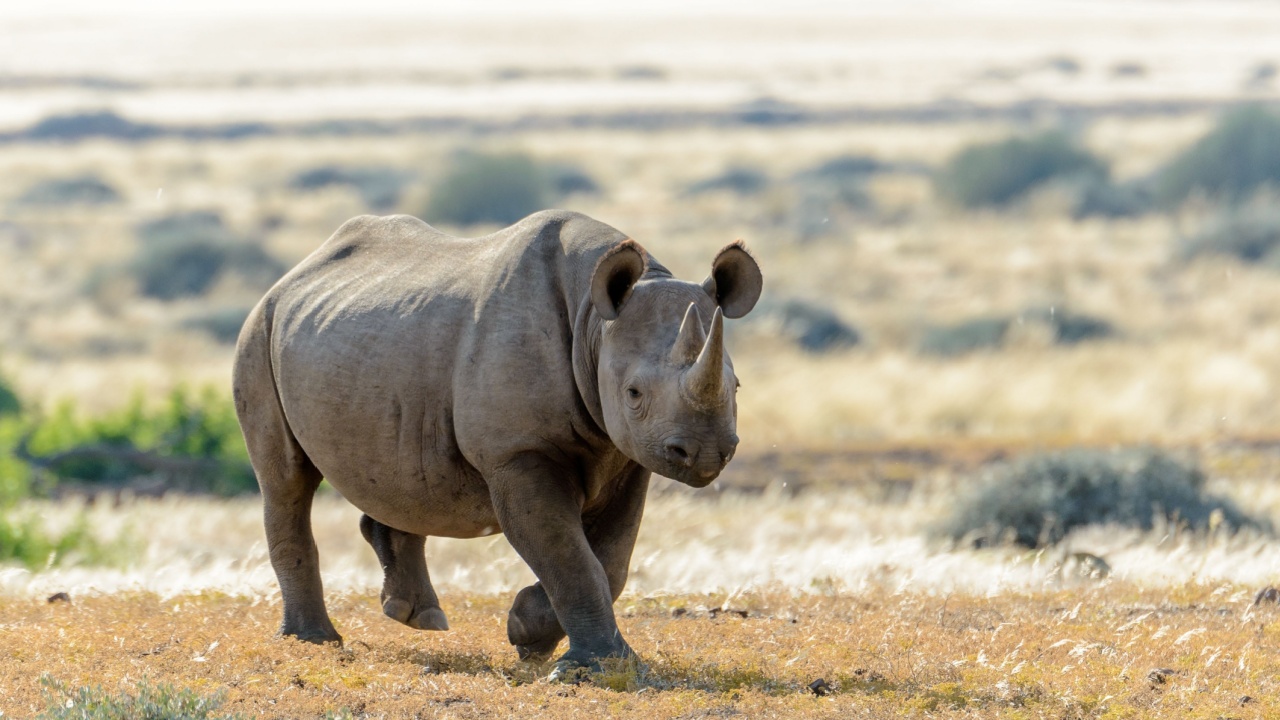
Both the black and white rhinoceros are critically endangered, largely due to human activities. They are relentlessly hunted for their horns, which are highly valued in Asia for ornamental carvings and traditional medicine. Despite beliefs in their medicinal power, rhino horns are composed of keratin, just like human hair and nails, and offer no health benefits. Urban expansion and agriculture are shrinking their natural habitats, further endangering their populations. Conservation efforts must prioritize strict anti-poaching laws and sustainable habitat management to ensure their survival.
African Wild Dog – Endangered
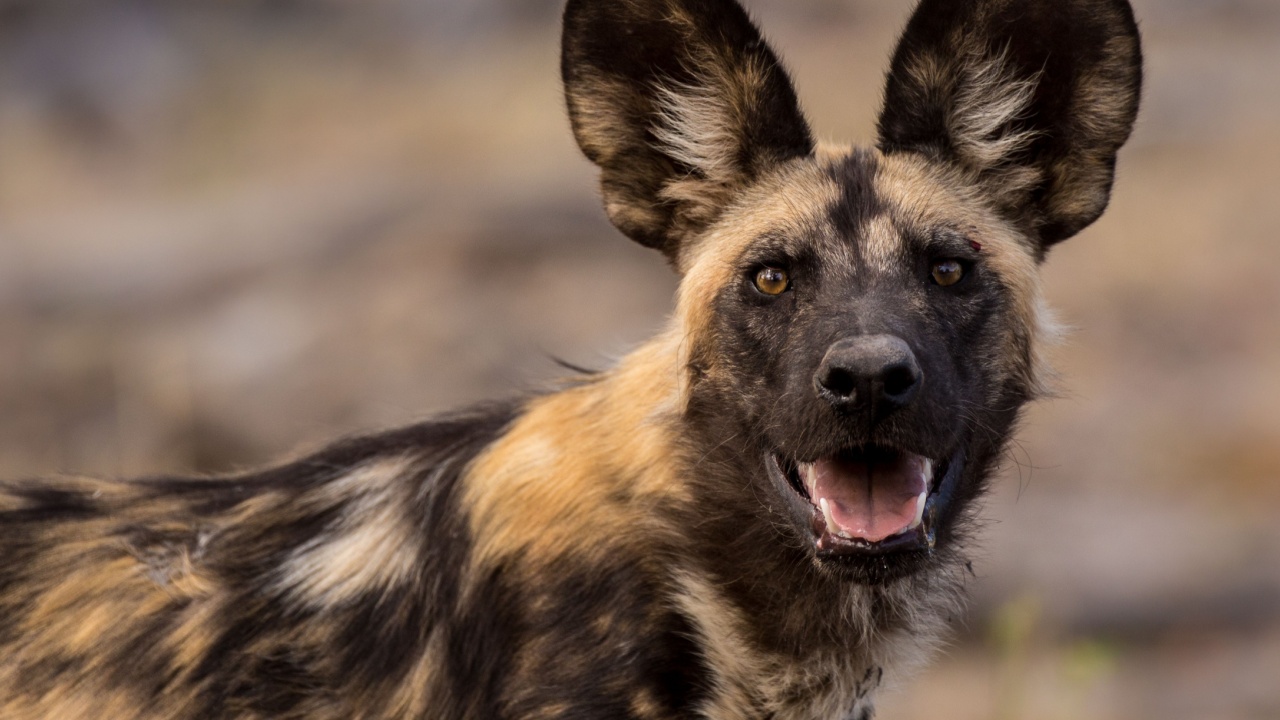
African wild dogs are increasingly endangered due to direct persecution and habitat fragmentation. Misunderstood by farmers and often blamed for livestock losses actually caused by other predators, they face lethal retaliation. Their need for large roaming territories is compromised by agricultural expansion, leading to deadly encounters and increased vulnerability to diseases like rabies and distemper. Safeguarding contiguous wildlife corridors is crucial for maintaining their genetic diversity and overall population health.
Bonobo – Endangered
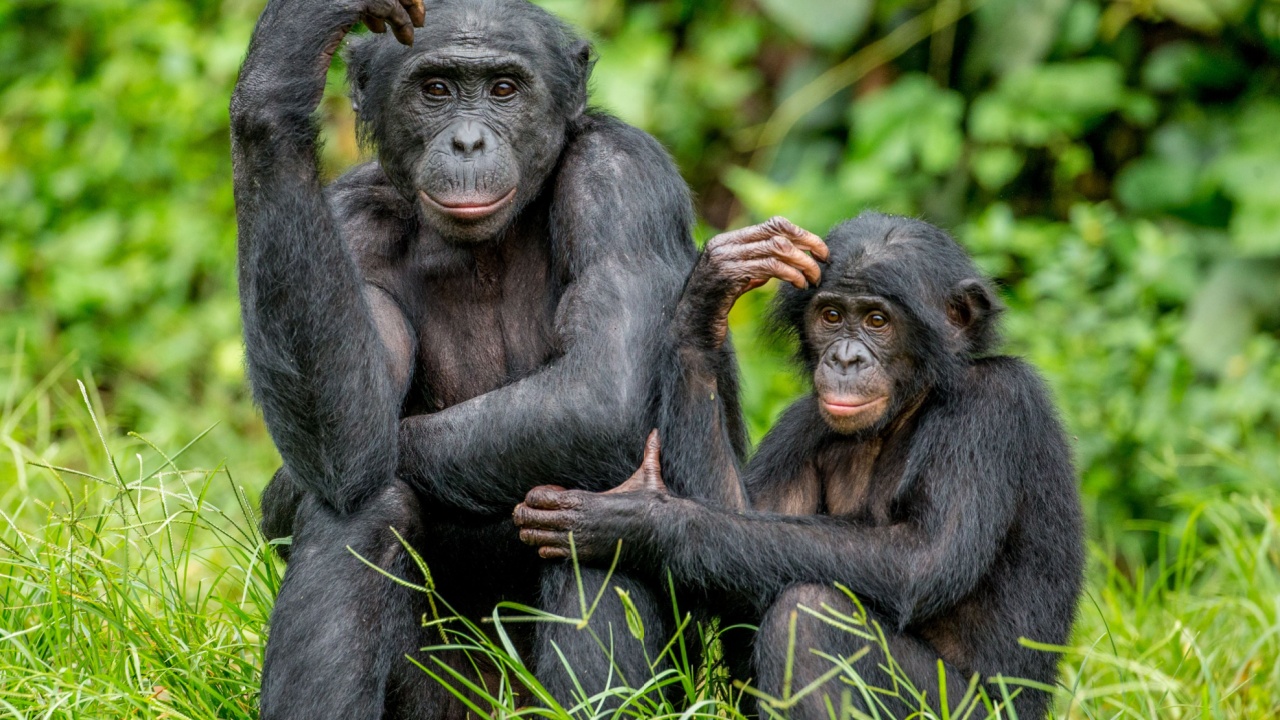
The peaceful bonobo is facing a survival crisis in the Democratic Republic of Congo. With only a fraction of their habitat under protection, ongoing conflict and illegal poaching are rampant. Bonobos are hunted for their meat and affected by habitat destruction from logging and slash-and-burn agriculture, threatening their already dwindling numbers. Strengthening park protections and community conservation programs are vital steps toward securing their future.
Ethiopian Wolf – Endangered
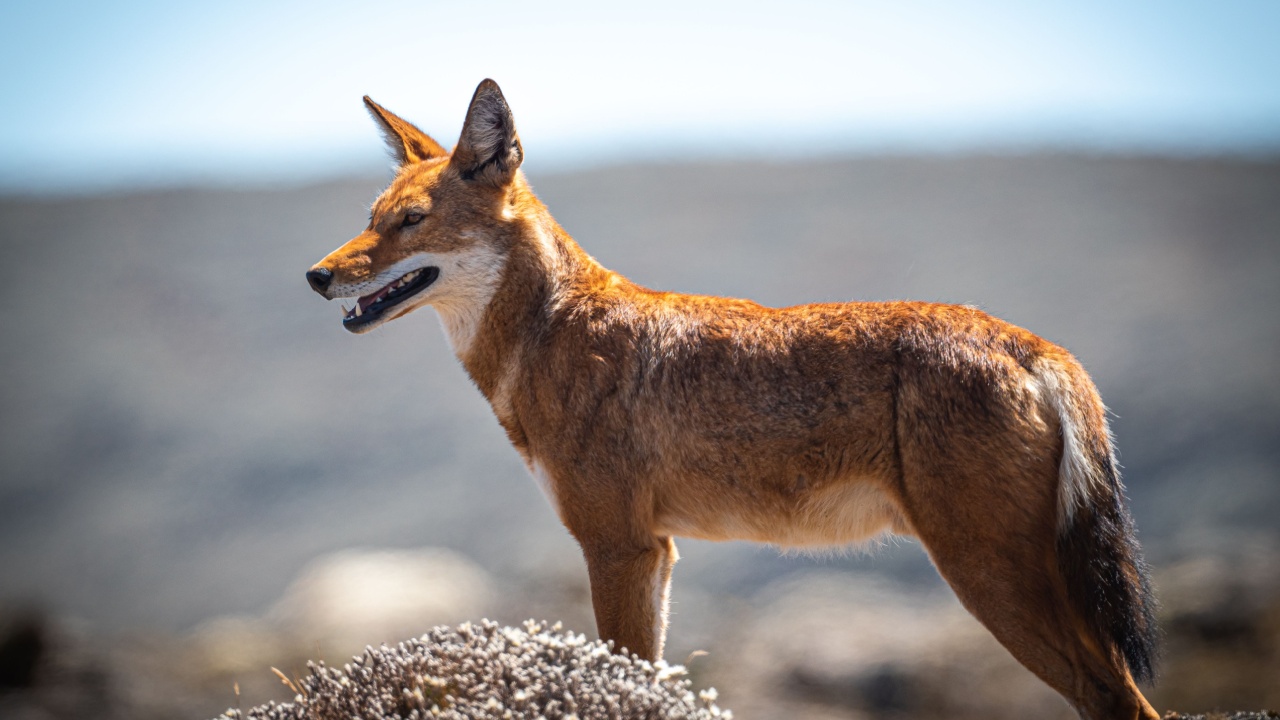
The stunning yet endangered Ethiopian wolf is losing its highland territories to subsistence farming. Restricted to ever higher altitudes, these wolves face not only loss of habitat but increased exposure to diseases from domestic dogs. Conservation efforts are critical to protect this species, which is integral to Ethiopia’s ecological balance. Vaccination campaigns for rabies and distemper among domestic dogs could help mitigate some of the threats to these wolves.
Chimpanzee – Endangered
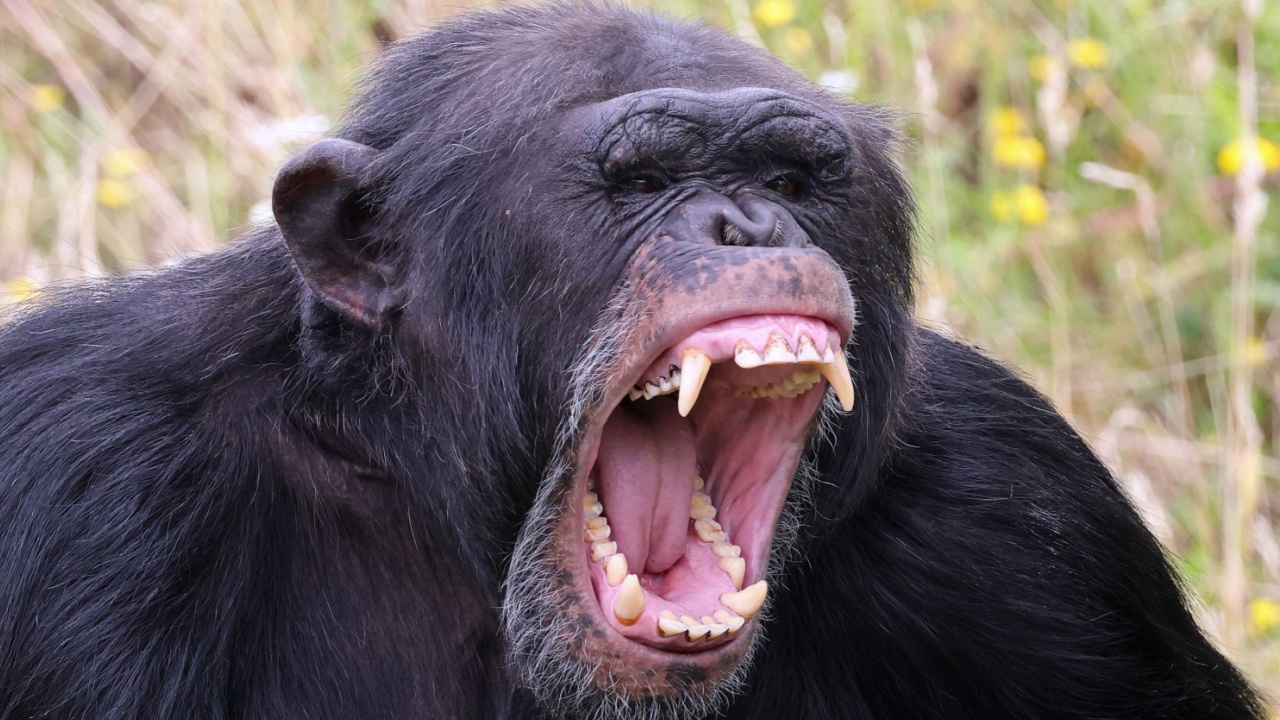
Chimpanzees are rapidly losing their forest homes to deforestation, driven by logging and the expansion of human settlements and agriculture. Additionally, the illegal bushmeat trade is decimating their numbers. Conservation strategies must address both habitat preservation and the reduction of human-induced pressures. Enforcing wildlife protection laws and promoting eco-tourism could provide alternative revenue sources that support both the local economy and conservation efforts.
Forest Elephant

Forest elephants are poached for their dense, prized ivory at alarming rates. Approximately 62 percent of the population has been decimated in the last decade alone. These elephants also reproduce slowly, worsening the impact of poaching and habitat loss due to deforestation and human encroachment. International cooperation and enforcement of ivory trade bans are critical to stopping the poaching epidemic.
Grevy’s Zebra – Endangered

Grevy’s zebras have suffered one of the most dramatic range reductions of any African mammal, primarily due to habitat loss, overgrazing, and competition with livestock. Illegal hunting and disease also pose significant threats to their survival. Conservation efforts must focus on habitat restoration and the development of water resources to support both wildlife and livestock sustainably.
Mountain Gorilla – Vulnerable

Mountain gorillas are one of the world’s most endangered apes, with only about 1,000 left in the wild. Their survival is threatened by habitat loss due to human encroachment, political instability, and diseases transmitted by increasing human interaction. Transboundary conservation initiatives and disease transmission prevention are vital for their continued survival.
Cheetah – Vulnerable

The cheetah, the world’s fastest land animal, faces extinction due to loss of habitat and prey. Human-wildlife conflict and illegal wildlife trade are exacerbating their decline. With much of their habitat unprotected, cheetahs live in fragmented populations, which hampers their survival. Land-use planning and community-based conservation programs that incentivize the protection of wildlife can help secure their future.
Elephant – Vulnerable
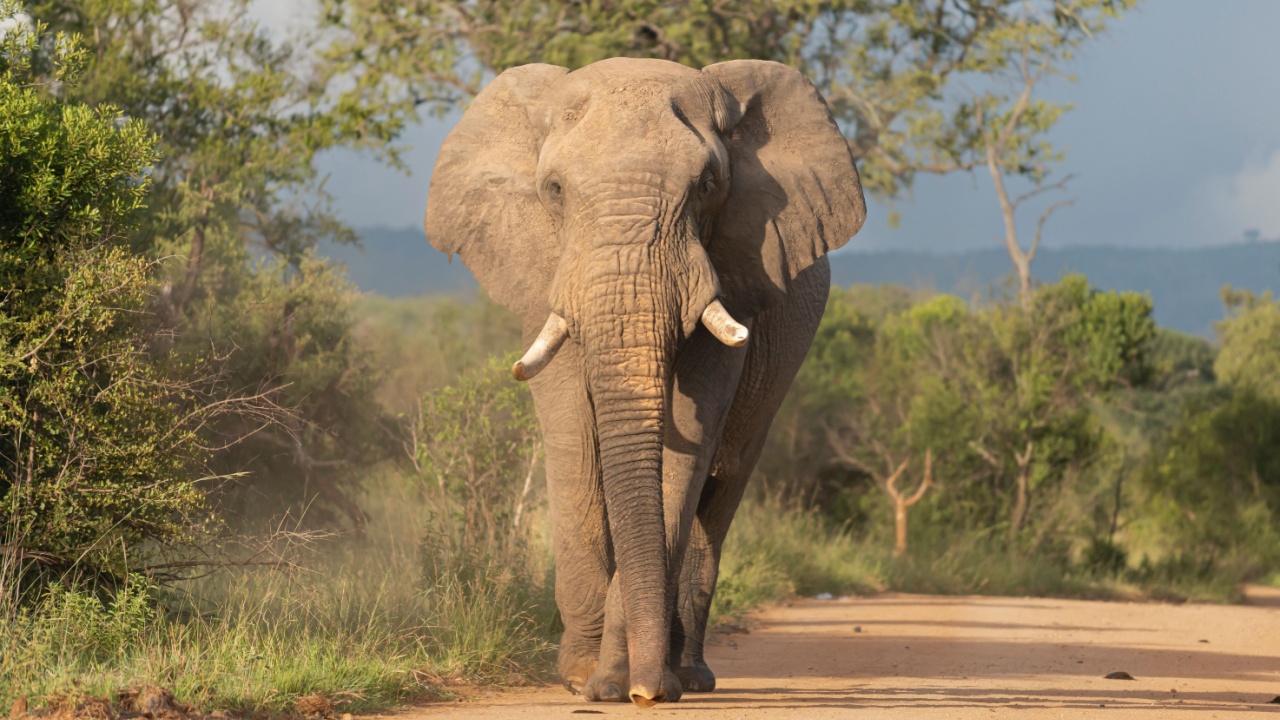
Elephants are iconic symbols of the wild, yet they are driven towards extinction by ivory poaching and habitat loss. Their slow reproductive rate does not match the pace of their decline, making every loss devastating to their future survival. Global support for anti-poaching initiatives and a complete ban on ivory sales are essential to protect these majestic animals.
Giraffe – Vulnerable

Giraffes face numerous threats from human activity. Habitat loss, civil unrest, and illegal hunting have reduced their populations drastically. As we encroach on their living spaces, we endanger these gentle giants and the ecosystems they support. Implementing stricter land management policies and community engagement in conservation are key to reversing the decline of giraffe populations.
Hippopotamus – Vulnerable
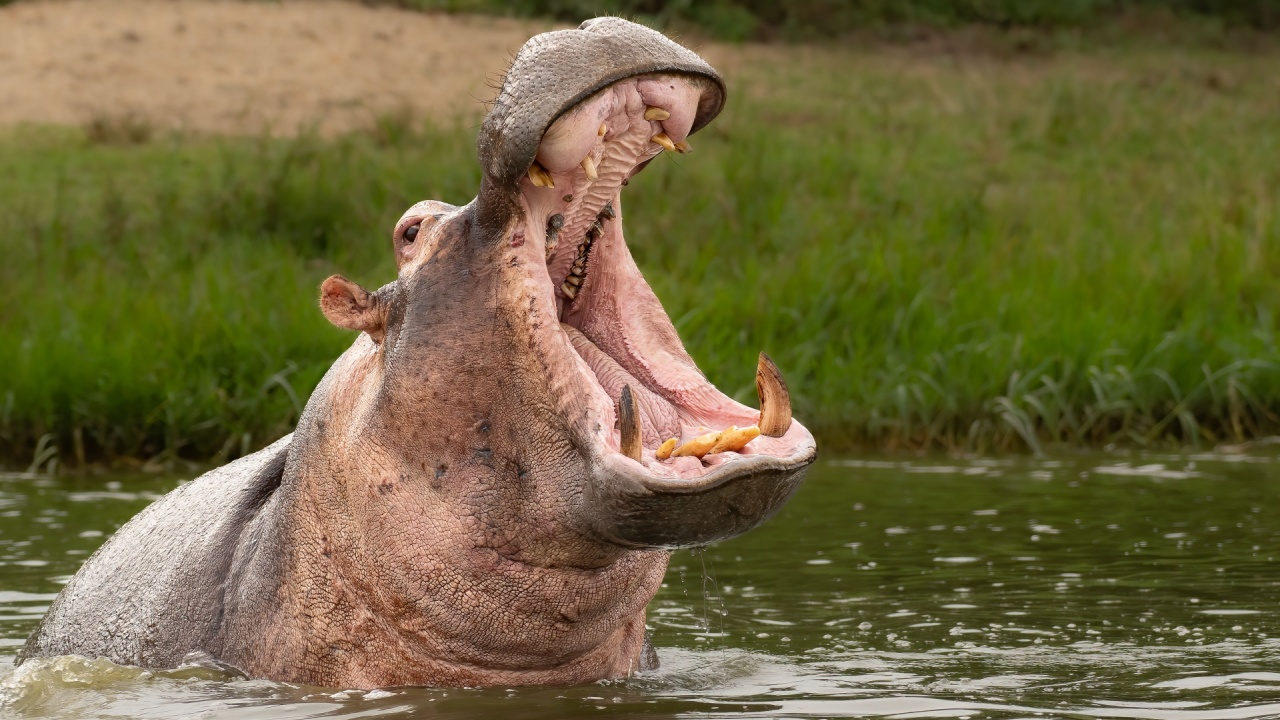
The common hippopotamus is vulnerable to extinction due to the demand for its meat and ivory tusks. Habitat loss and human conflict are pushing hippos to the brink, with unregulated hunting further threatening their numbers. Enhanced protective measures and stricter regulation of ivory trade are urgent to prevent their extinction.
Leopard – Vulnerable
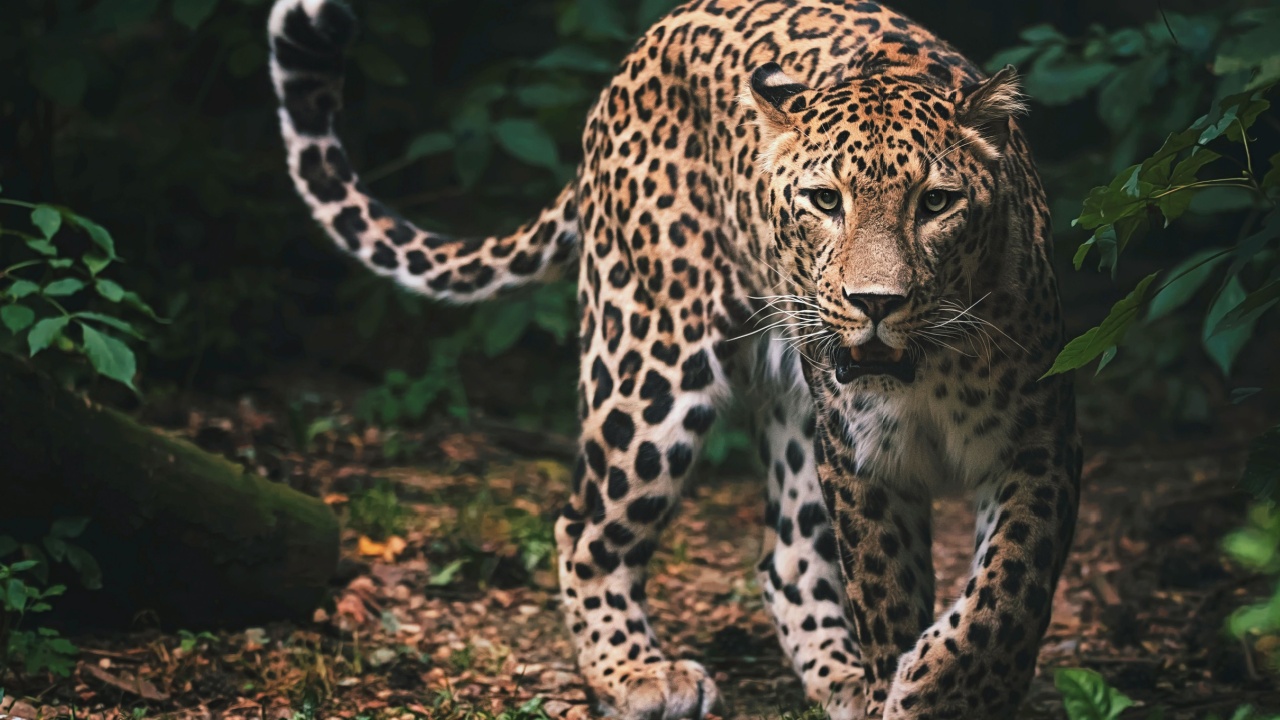
Leopards are prized for their beautiful fur and body parts, leading to illegal hunting and severe population declines. Habitat fragmentation and human conflict are pushing these adaptable but vulnerable cats towards the edge of extinction. Creating corridor linkages between protected areas can help maintain genetic flow and stabilize leopard populations.
Lion – Vulnerable
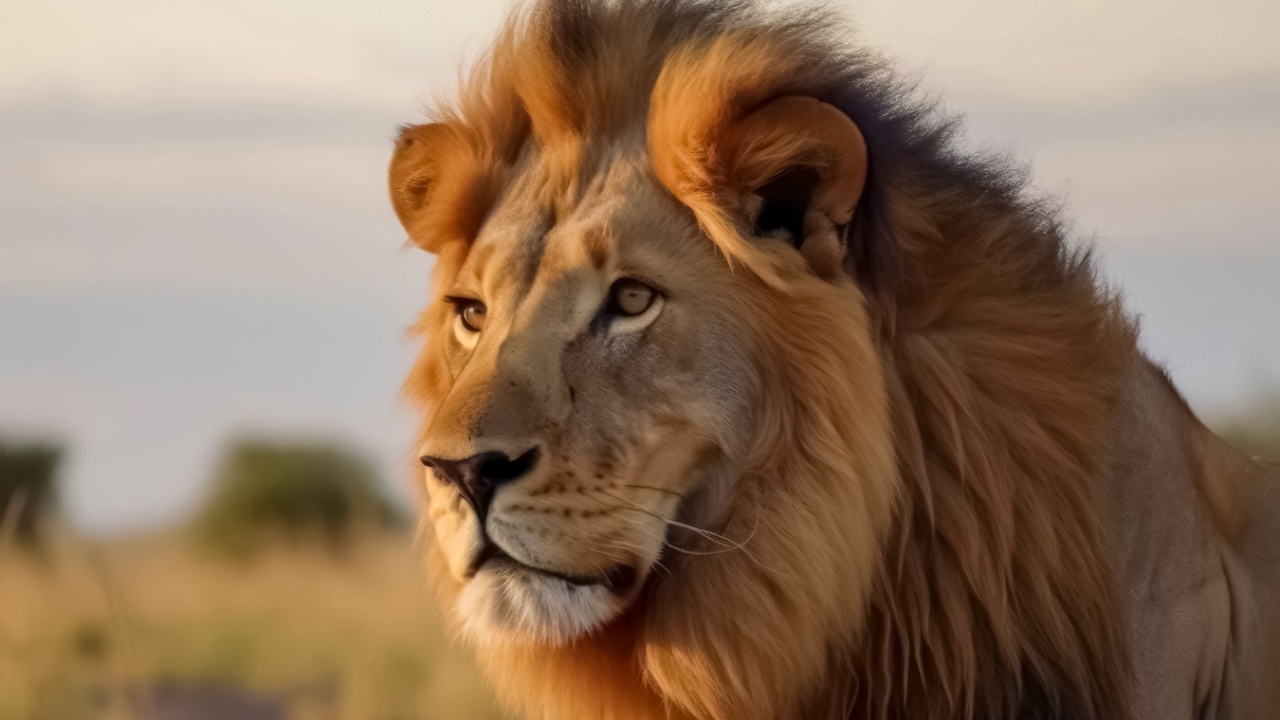
Lions are in peril, not only from habitat loss and human conflict but also from illegal hunting and trade. As their territories shrink, lions are forced into closer contact with humans, increasing the risk of lethal encounters. Conservation strategies must prioritize human-lion conflict mitigation and protect vital habitat areas from further degradation.
Pangolin – Vulnerable
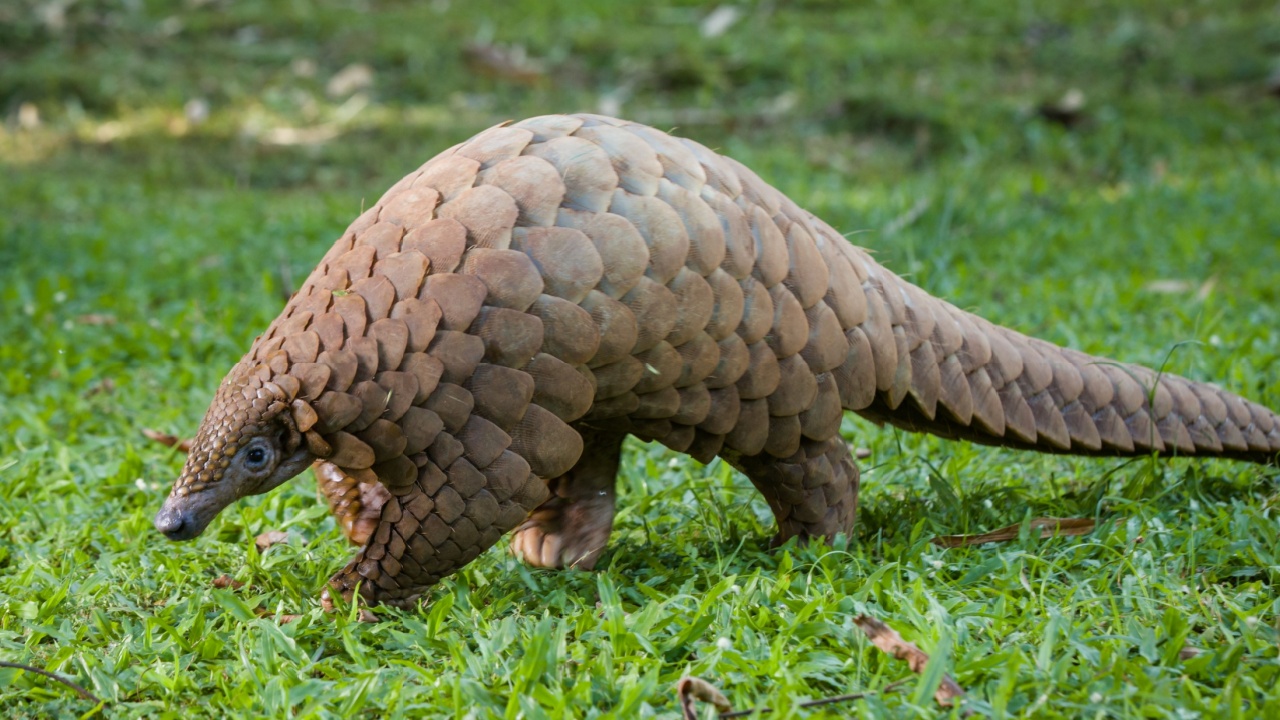
Pangolins are critically endangered, hunted for their unique scales and meat. Myths about the medicinal properties of their scales exacerbate the demand, driving illegal trade that is pushing them towards extinction faster than they can reproduce. Strengthening international laws and local enforcement against wildlife trafficking is crucial to their survival.
Wattled Crane – Vulnerable
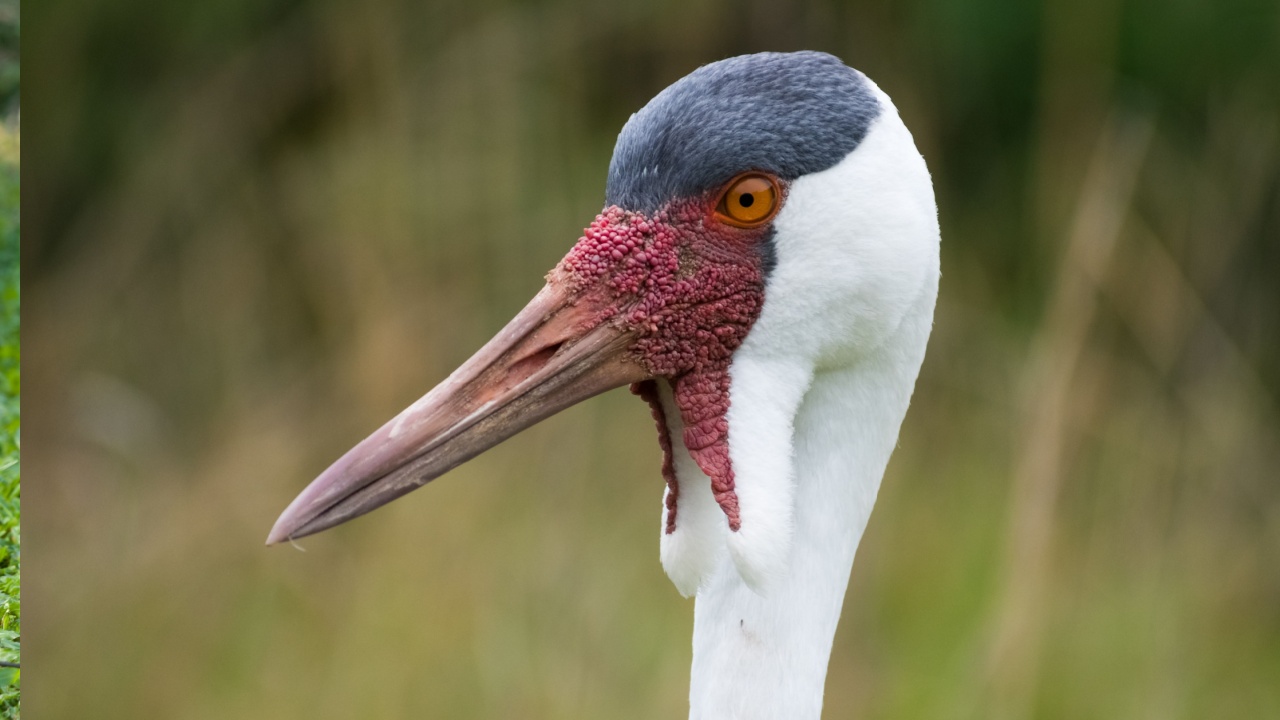
The majestic wattled crane is losing its wetland habitat to agricultural expansion. This loss threatens their survival, as they rely on specific flood patterns to sustain their populations. Protecting these habitats is crucial for their conservation, requiring coordinated efforts to manage water resources effectively
Becky is a fervent wildlife enthusiast and pet care expert with a diploma in canine nutrition. Her love for animals stretches beyond the domestic, embracing the wild tapestry of global fauna. With over a decade of experience in animal welfare, Becky lends her expertise to OutlandishOwl through insightful articles, captivating wildlife information, and invaluable guidance on pet nutrition. Her work embodies a deep commitment to understanding the intricate lives of animals and a passion for educating others on sustaining natural habitats. Becky's hands-on conservation efforts and her knack for translating complex dietary science into practical pet feeding tips make her an indispensable voice for creatures great and small.




